One of the most powerful lithium batteries is a LiFePO4 battery, and its charge level may be determined using a LiFePO4 SOC (State of charge) chart.
When you get your new LiFePO4 (Lithium iron phosphate) battery, you might be curious about its voltage and state of charge. In this article, we will discuss the LiFePO4 voltage and state of charge (SOC) chart and its parameters.
Check the Charge And Discharge Rate of the Battery
The batteries usually ship at a 30% state of charge to reduce potential energy that can be released during transportation. Having the battery at this level of charge is ideal. As a result, you may expect a battery to have roughly 13V when you get it.
Obtaining the battery’s charge and discharge data is now necessary. Additional data from your charger or charge controller is needed for correct charging and discharging. It is important to note that the discharge rate influences the voltage before providing a chart.
Note: Discharging a battery to 1C will result in a lower voltage than discharging it to 0.2C. As a result, the voltage should be measured in an open circuit or without any loads present.
Voltage Chart
The whole range of LiFePO4 battery voltage, Starting from 100% charging to 0%, is shown below, from the individual cell level (3.2V) up to 12V, 24V, and 48V.
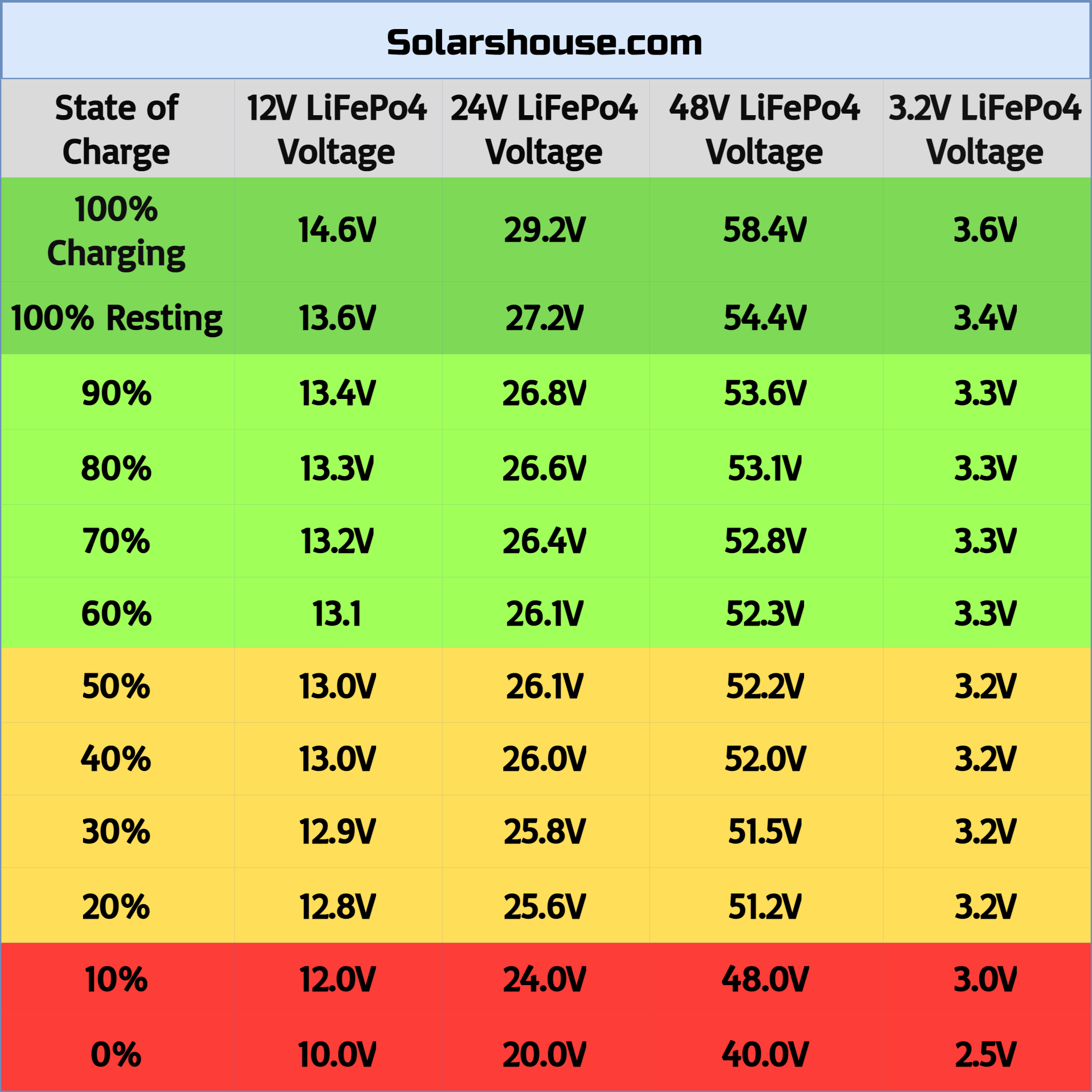
How To Measure The SOC Of The Battery?
To get an accurate reading of the battery’s charge, you must check it at the terminals. This is because even small voltage changes can produce significant voltage loss when connected to other components, such as a charge controller or inverter.
Example: If the inverter’s terminals read 10 volts while your battery terminals read 10.3 volts, there is a discrepancy in the two systems’ power outputs.
Float, Bulk, And Equalize Voltages Of LiFePO4
It’s crucial to understand that lithium only supports bulk charging. As soon as the battery is fully charged, it automatically shuts off.
| Types | 12V | 24V | 48V | 1 Cell (3.2V) |
|---|---|---|---|---|
| Float | 13.0V | 26.0V | 42.0V | 3.25V |
| Bulk | 14.6V | 29.2V | 58.4V | 3.65V |
| Equalize | 14.6V | 29.2V | 58.4V | 3.65V |
Float Voltage
Because lithium has a low self-discharge rate, we may set the float function to maintain the batteries at 50% capacity. However, it is necessary to keep the batteries at a higher voltage for lead-acid batteries. It can also be adjusted between 80% and 90% SOC.
Bulk Voltage
For the bulk charge, we’ll be using a SOC of 100%. It is the maximum voltage that can be achieved while charging the battery.
Equalize Voltage
Primarily equalization voltages are used for lead acid batteries. It would be best if you disabled it; if not, you can use the recommended voltages listed above.
LiFePO4 Battery Charging Parameters
The basic parameters of LiFePo4 are Charging Voltage, Float Voltage, Maximum Voltage, Minimum Voltage, and Nominal Voltage. A complete chart of these characteristics is listed below.
| Characteristics | 12V | 24V | 48V | 1 Cell (3.2V) |
|---|---|---|---|---|
| Charging Voltage | 14.2-14.6V | 28.4-29.2V | 56.8-58.4V | 3.5-3.6V |
| Float Voltage | 13.6V | 27.2V | 54.4V | 3.2V |
| Maximum Voltage | 14.6V | 29.2V | 58.4V | 3.65V |
| Minimum Voltage | 10V | 20V | 40V | 2.5V |
| Nominal Voltage | 12V / 12.8V | 24V / 25.6V | 48V / 51.2V | 3.2V |
How to Check LiFePO4 Battery Capacity?
There are three ways you can check your battery capacity. Let’s discuss them.
1. Check the Open Circuit Voltage of a Battery Using a Multimeter
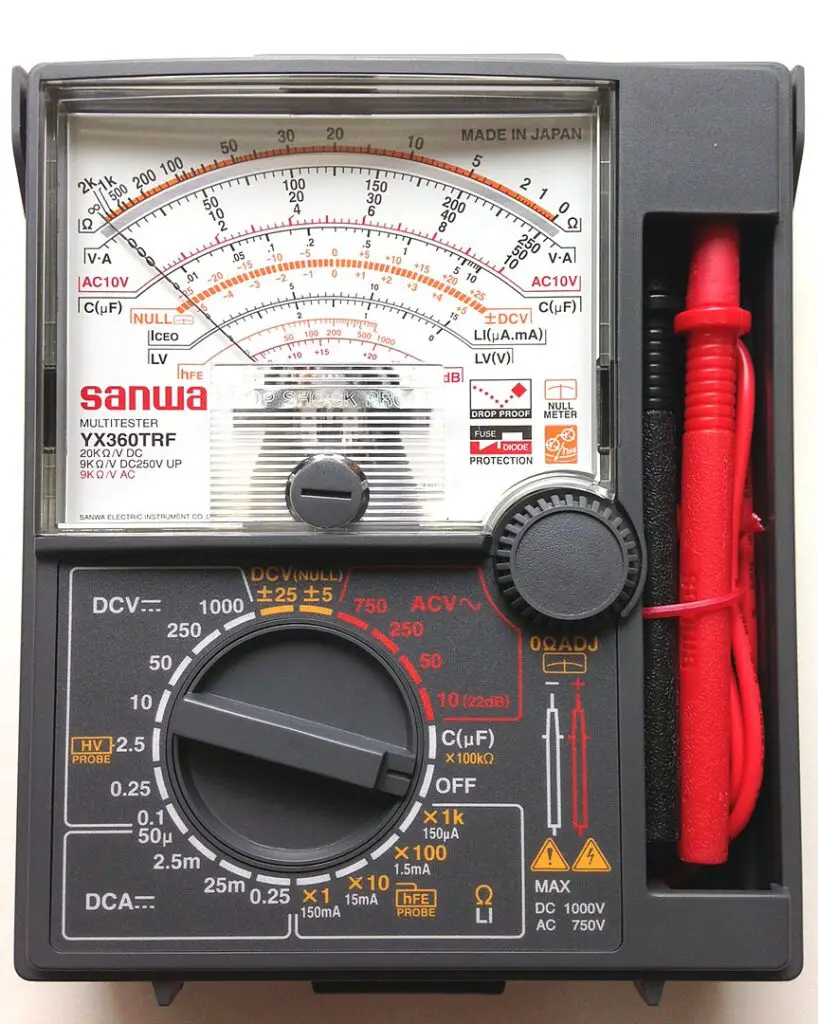
Using a multimeter to check the LiFePo4 battery is approximately 60% accurate, which is good enough for most purposes. However, It’s essential to rest the battery by disconnecting all loads and chargers.
- Step 1: The first step is to remove all loads and chargers from a LiFePO4 battery before measuring its voltage and getting an accurate estimate of its capacity.
- Step 2: Wait 15 to 30 minutes for the battery to stabilize, then check its open circuit voltage using a multimeter.
- Step 3: When checking the battery’s charge level, use the proper voltage curve or the chart provided in the user manual.
2. Measure Battery Capacity Using Solar Charge Controller
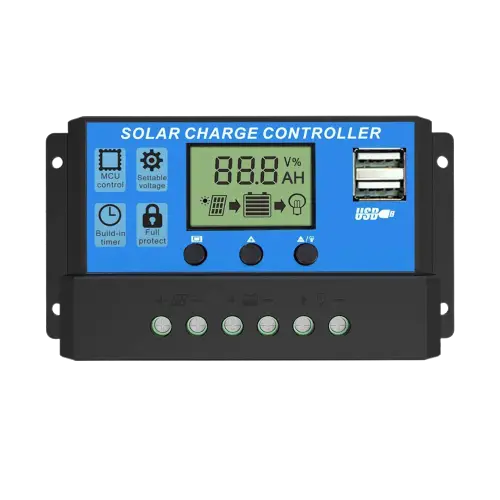
Solar Charge Controller is convenient, but it’s not very accurate. We may safely say that this voltage value is significantly incorrect.
You might think, “I don’t need a separate battery voltage monitor because my solar charge controller already does that” if you use solar panels to recharge your LiFePO4 battery. I can easily use it as a battery tester.
But in actuality, it is not an accurate method of checking battery capacity.
3. Measure Battery Capacity Using a Battery Monitor
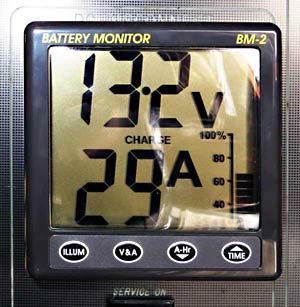
The battery monitor is the most reliable and hassle-free option out there. However, Good battery monitors are expensive.
Connecting a high-quality battery monitor is the most accurate approach to checking battery life.
To determine the battery’s charge level, battery monitors log the current amp hours consumed. In addition, they provide helpful system specs like battery voltage and current.
How To Increase The Lifespan Of LifePO4 Battery?
C-rate
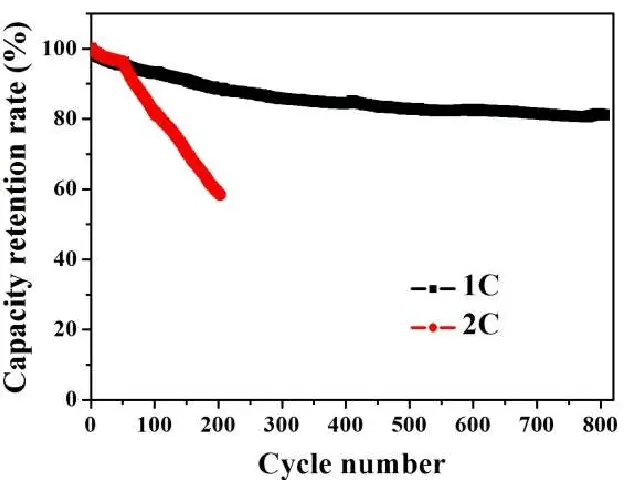
A battery’s discharge and charging rates are measured in terms of its C-rates. Current discharges between 0.2C and 0.3C are most typical for home solar systems. Discharge output typically ranges from 1 kilowatt (kW) to 2 kW for a 5 kWh home solar battery.
Increasing the battery’s Ah capacity is one method to boost the charging and discharging rates.
Compression
If you construct your batteries, you may have heard that compressing the cells would enhance their lifespan. The use of nylon tape around the cells is highly recommended.
The goal is to make cell expansion so difficult that gas production is drastically reduced.
Temperature

The battery should be kept at a cool temperature. Exposed to temperatures more than 40 degrees Celsius, your battery will degrade more quickly and have a shorter cycle life.
Conclusion
Although LiFePO4 batteries are not the most budget-friendly option, they are the most cost-effective in the long run. You can check your battery’s state of charge by using the LiFePO4 voltage chart explained above. Look at the 12V, 24V, 48V, and 3.2V(1 cell) voltage characteristics and SOC and examine your battery carefreely.
FAQ
LiFePO4 vs Lithium-ion Battery. Which is Better?
Compared to lithium-ion batteries, LiFePO4 batteries are superior in terms of cycle life (they last 4-5 times longer) and safety. This is a significant benefit since LiFePO4 batteries cannot overheat to the point of catching fire, unlike their lithium-ion competitors.
What is the Lowest Voltage of a 12V LiFePO4 Battery?
Many 12V LiFePO4 batteries have a minimum voltage of roughly 10 volts. Once the battery management system determines that the voltage of the battery has dropped to about 10 volts, it will activate the low-voltage cutoff.
How Long do LiFePO4 batteries Last?
As one of the most reliable and long-lasting battery chemistries, LiFePO4 chemistry lithium cells have recently gained popularity for various uses. Proper maintenance can extend their lifespan to at least ten years.

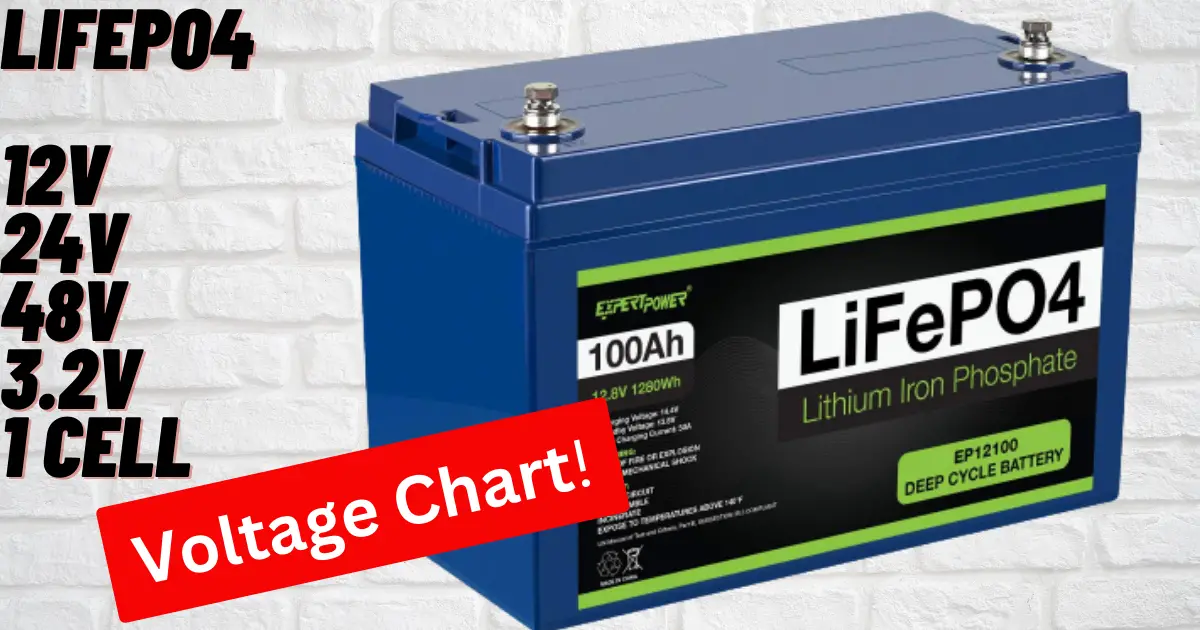
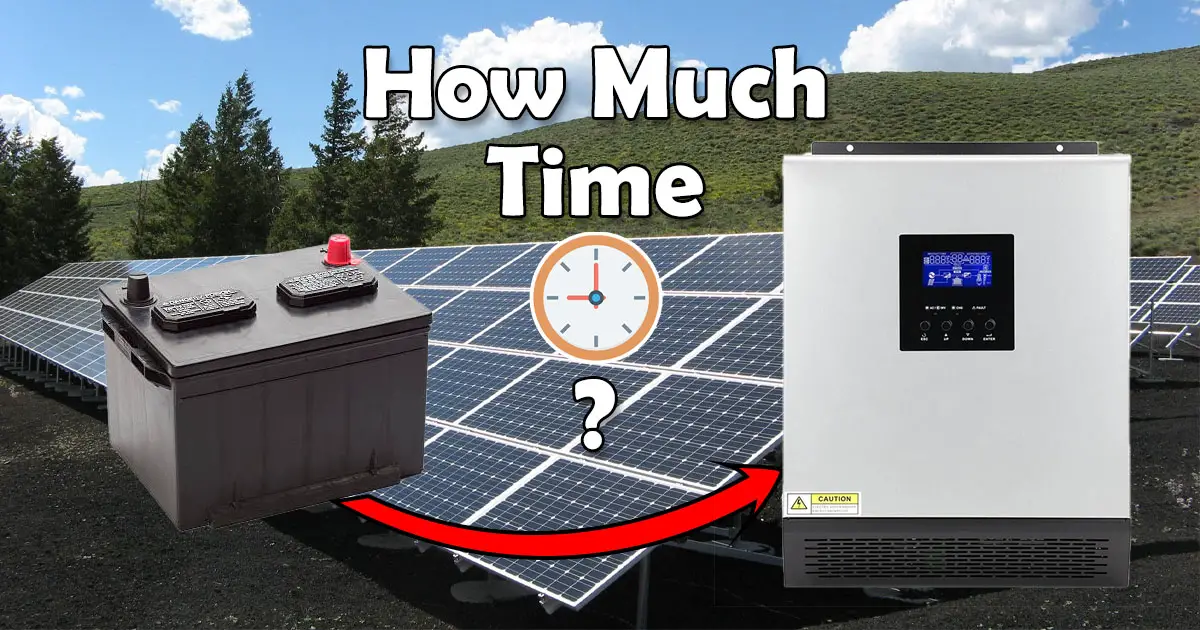

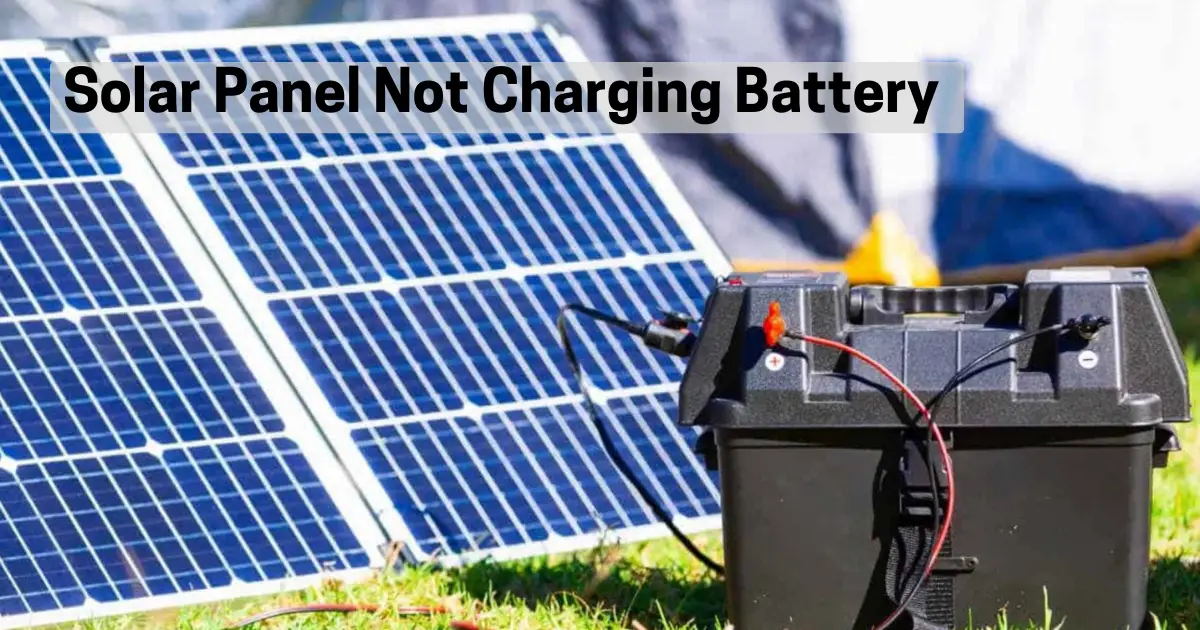

Well written article.. one thing to think about is the C rating.. It a term banted about with little explanation of how you figure that.. I am still trying to figure it out completely.. From what i understand using a 100 ah cap a .2c discharge is 20 amps.. or 2 -10’s of the capacity of 100,, so 2×10=20.. so a 1c would be 100 amp and 2c 200 amps.. ?? see the confusion??
thanks for times.. !!
Hi Carl,
C-Rate is the rate at which a battery can supply the claimed capacity. It’s like the speed, if we could say. To calculate exactly how many amps this battery will provide per hour, you need to know how to read the battery specs.
Let’s say my battery is 100Ah and have C10, then we can discharge: 100Ah/10 = 10 amps.
Another case is if we have a 100Ah battery and 0.2C, then we can discharge: 100Ah*0.2 = 20 amps.
So it depends on how the C-Rating is written on the battery. If the number is After the “C” letter, we use it to divide the battery capacity.
If the number is Before the “C” letter, we use it to multiply by the battery capacity.
Hope that answers your question.
Hi. You have an misstake in “LiFePO4 Battery Charging Parameters” => 1 Cell (3.2V) minimum voltage … 🙂
Thank you fixed